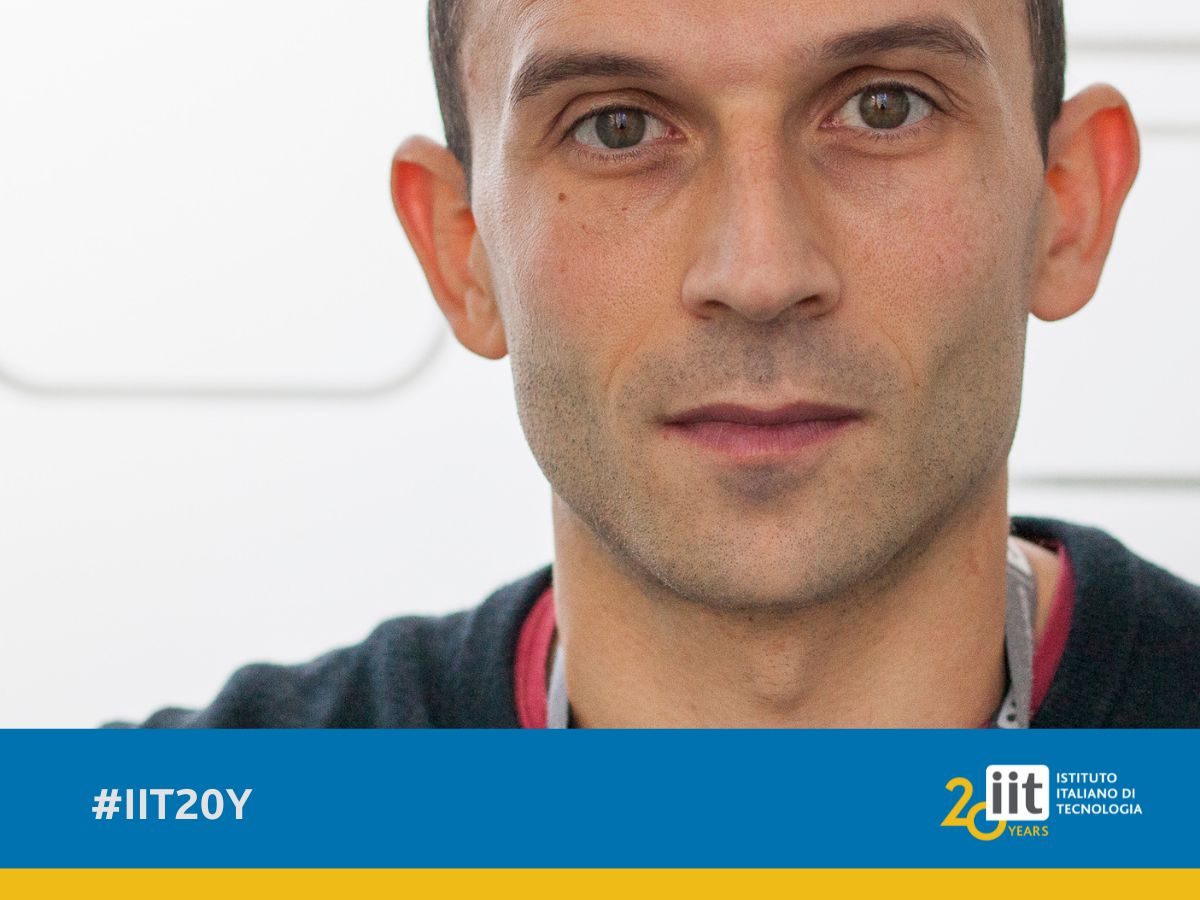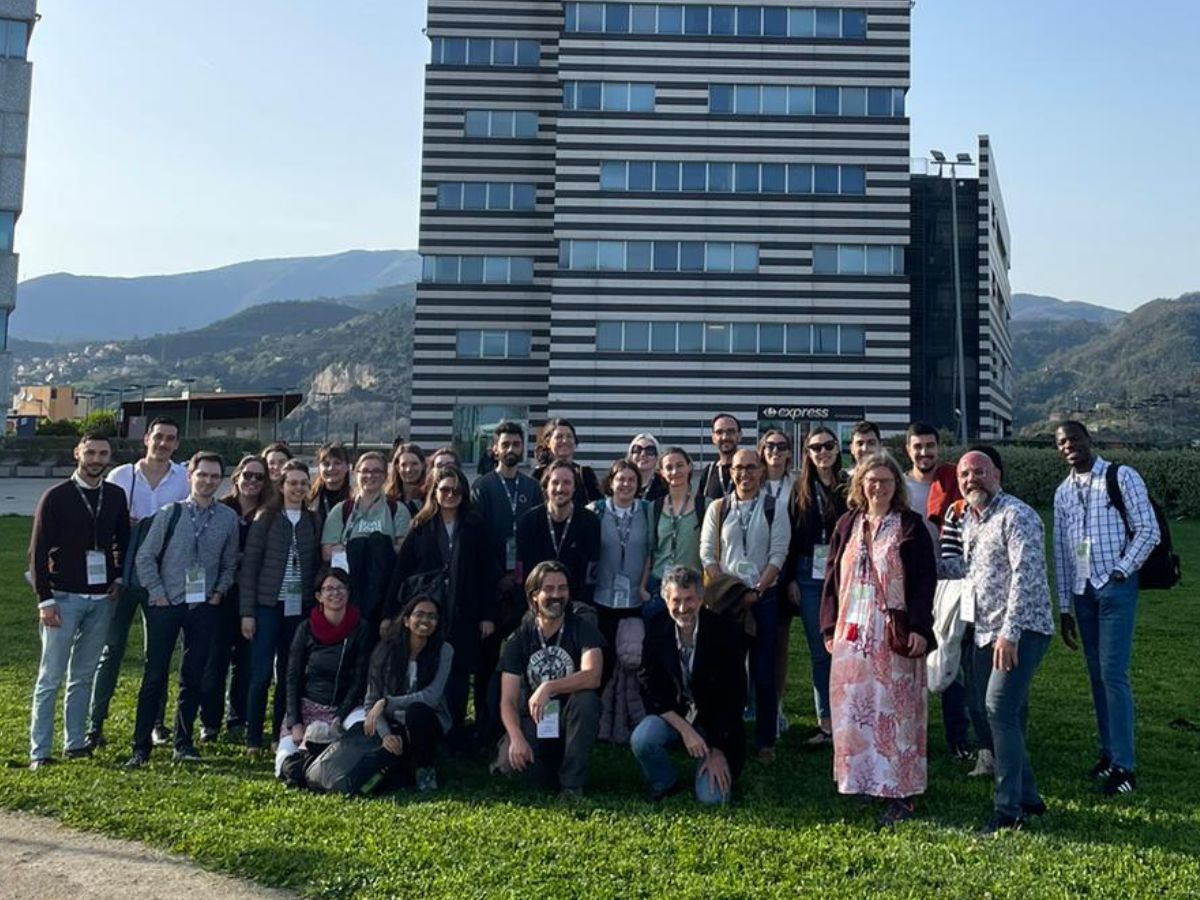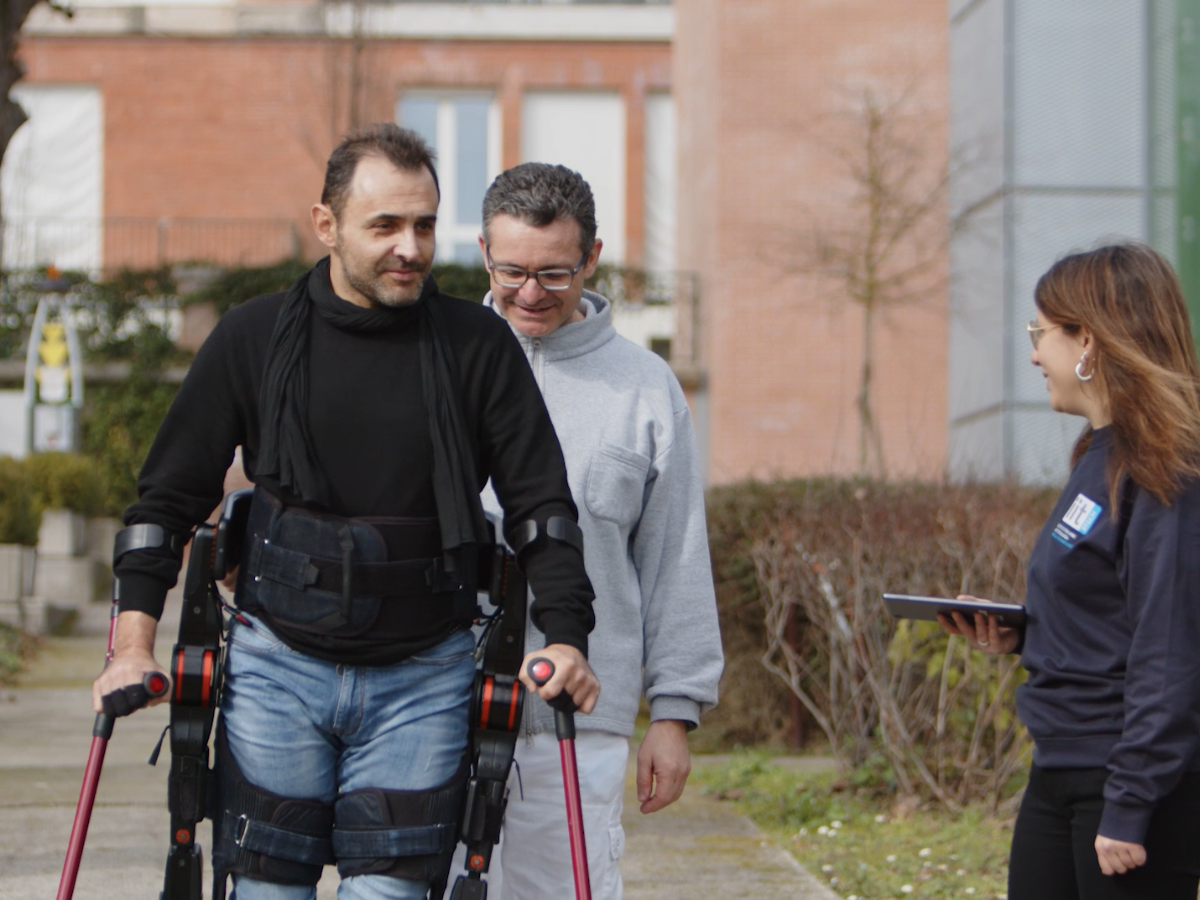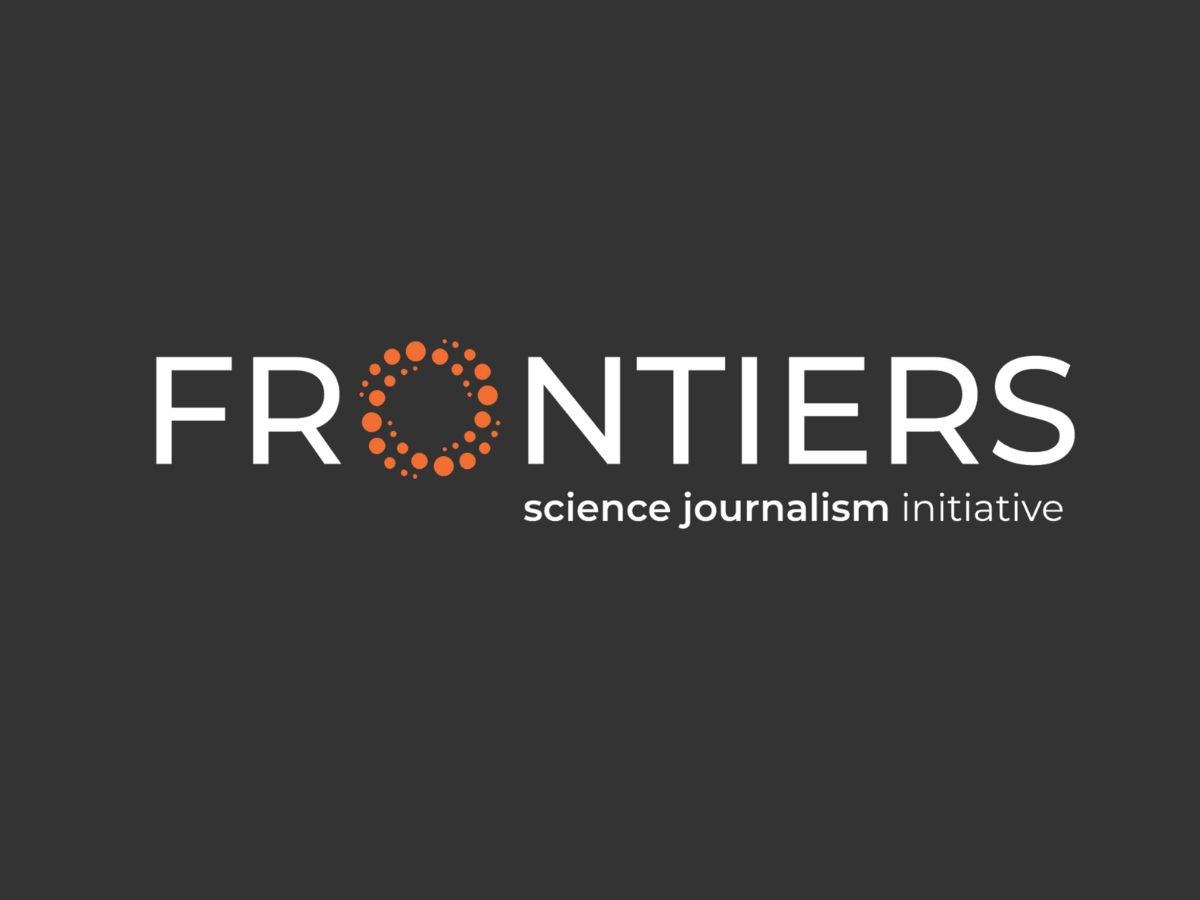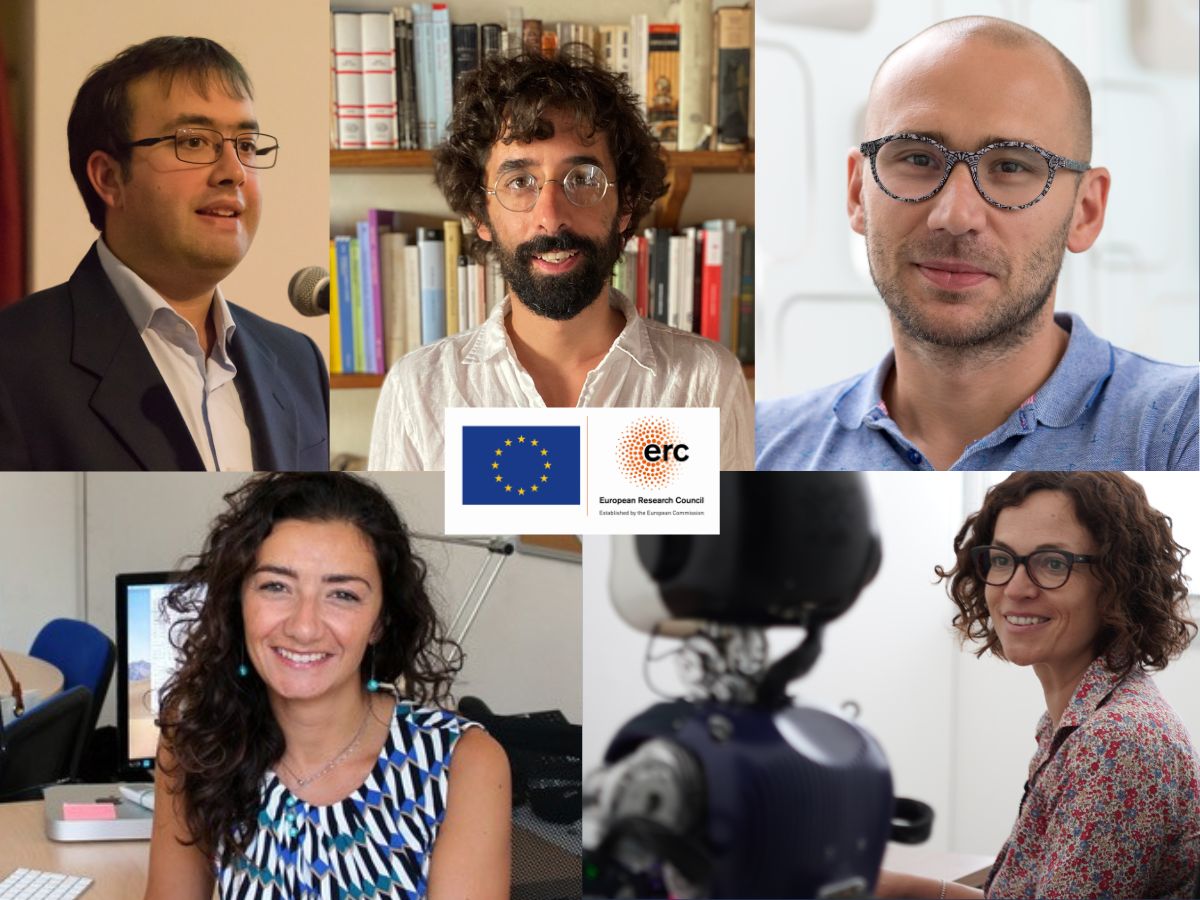Interview with Massimiliano Gatti, Director of the Technical Services and Facilities Directorate
Massimiliano you were called in September 2006 to organize the building to house IIT in Morego, what did you find?
The building that houses IIT used to be an Inland Revenue office where the tax returns of our fellow citizens were collected. So, a classic structure dedicated to administrative offices.
You had a major professional commitment to transform those offices into research laboratories. Who were you dealing with in those days?
In addition to Roberto Cingolani, who was the fuel to the engine, the first laboratory directors came to IIT: Jan Guy Fontaine, who later left the Institute to work with NATO, Darwin Caldwell, Fabio Benfenati, Giulio Sandini, and then Athanassia Athanassiou and Liberato Manna, the researchers who developed the studies on nano chemistry and smart materials.
How were you able to bring together the needs of a facility created to house offices, the granite expression of bureaucracy, with the needs for innovation of researchers?
At that time, being few was at that time a great advantage. I could, engage directly with researchers to understand what their vision was on how a research center should be organized. We had to set up thousands of square meters of laboratories, but the ideas were very clear. It was a very challenging but certainly exciting time.
Didn’t you think during that whirlwind period that you had taken a risk professionally?
I had doubts from time to time, but we were a group of enthusiasts who had the goal of realizing a great project and the motivation was so strong that we managed to overcome every obstacle. Things were proceeding quickly, and we could see the realization of ideas that, until that moment, were only written on paper.
The first IIT Council meeting in 2006 hosted an I-Cub in progress without an arm or face cover. It looked like it had come out of a car accident, but we knew that the prototype would later become one of IIT’s most important achievements. We were all very young, and this gave us an extra boost. It was a group of people that included Lorenzo Natale and the young researcher Giorgio Metta, who would later become the Scientific Director and my direct supervisor. They worked driven by a contagious enthusiasm. I remember a particular moment at that time when the then Minister of Research Mussi came for a visit in March 2007.
It was a particular political moment with a strong focus on funding. Roberto Cingolani made a presentation based on ten-year numerical projections, and honestly some of us thought the outlook was bit overstated.
A decade later, seeing how punctually achieved these goals have been, I had to acknowledge to the then Scientific Director that I had sinned in skepticism. I took part in in a journey that had unrepeatable professional and human characteristics.
What were the concrete outcomes ten years after the starting point?
The numbers exploded. The number of researchers working in IIT increased, our research gained high visibility through scientific results. We gained recognition from members of different governments and civil society. Two heads of state, several Prime Ministers and numerous ministers have seen for themselves the value of the IIT model. Growth has never stopped, and, for my part, I have contributed in part to the expansion of the Genoa sites and the establishment of laboratories that have formed IIT’s national network.
Today IIT has very modern locations with state-of-the-art equipment. The recent openings of the centers at Erzelli and S. Quirico are a sign of innovation and excellence. What will we see for the IIT of 2023?
Complexity has exploded, an element found in every action we take. Going from managing twenty people to two thousand, from two hundred square meters to more than fifty thousand square meters has forced complex and extremely challenging interventions.
The number of our stakeholders has also increased, each with their needs. Despite the large numbers, I believe that relationships weren’t depersonalized, and we have maintained much of the initial enthusiasm and participation. We provide support work to our colleagues at the Institute, and our success lies in not being noticed. When that’s the case, it means everything is running smoothly. Over the years, we’ve managed large projects, among the most recent being the installation of a new electron microscope at Morego, a unique specimen in Europe. This operation gave rise to a series of collateral logistical activities, such as the refurbishment of the Institute’s main entrance. This is just one example that highlights our contribution to the development of research projects. We must keep pace with the rapid evolution of scientific research at IIT to provide all the necessary support for project realization, in line with administrative and technical constraints. We must continually adapt our facilities to the evolution of research because this capability allows us to compete at the highest levels.
Beyond all the interventions, some very complex ones related to your usual professional sphere, what was the most extraordinary event that worried and engaged you the most?
There were several but organizing the first visit of a Head of State to IIT, Honorable Napolitano, was a new commitment that required attention and compliance with ceremonial norms that we were not familiar with. Everything went well, and this experience served us when we had to organize President Mattarella’s visit with fewer worries.
How do you think IIT will get organized in the near future?
Now IIT has come of age and has assumed significant dimensions, and as far as my activities are concerned, following global trends we must focus on environmental and energy sustainability. With this vision, we should also rethink the livability and design of our spaces. With the management of the obligations created by COVID, we have discovered that there are other options for conducting activities. Once the emergency is over, the opportunity to occasionally work from home stays, but the workplace must adapt to create spaces dedicated to meetings, gatherings of multiple people who should not lose the habit of personal contact. All of this must be done with extreme sensitivity to environmental and energy sustainability processes. We were the first Institute to be ISO14001 certified; now we must increase our commitment in this area and ensure that the structure minimizes its impact with the goal of self-sustainability.

